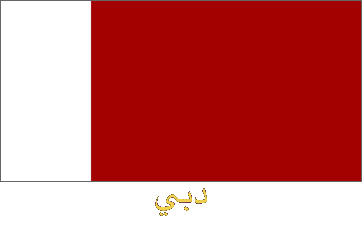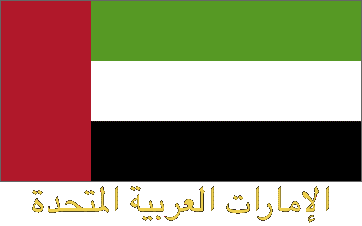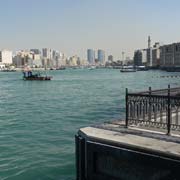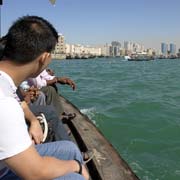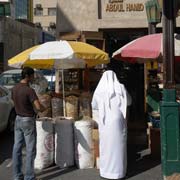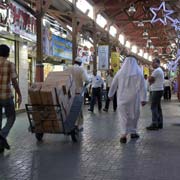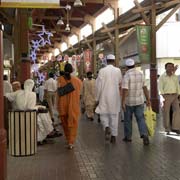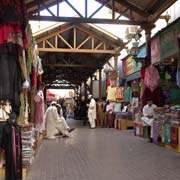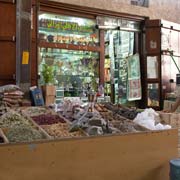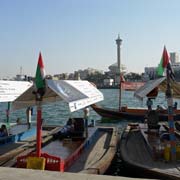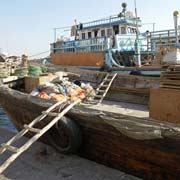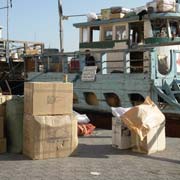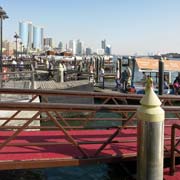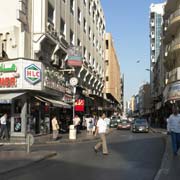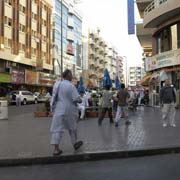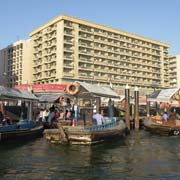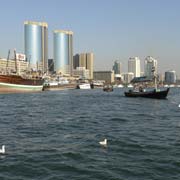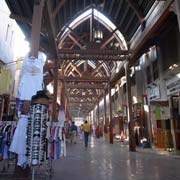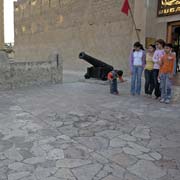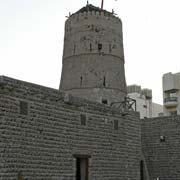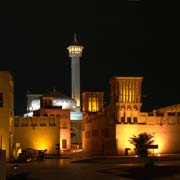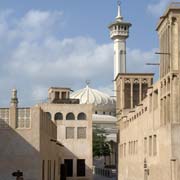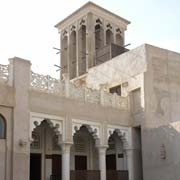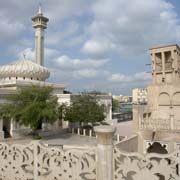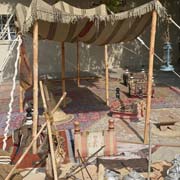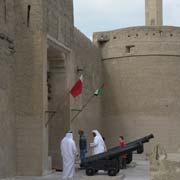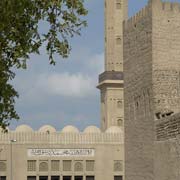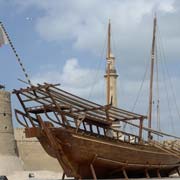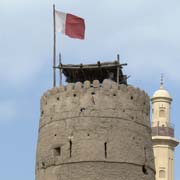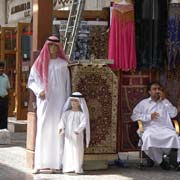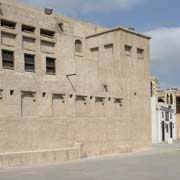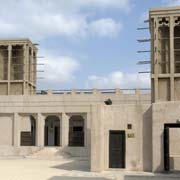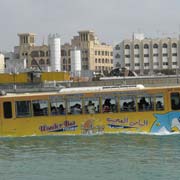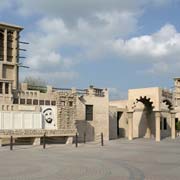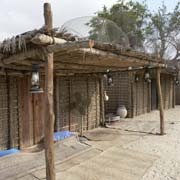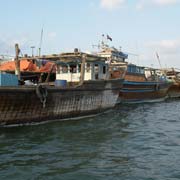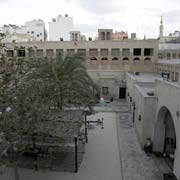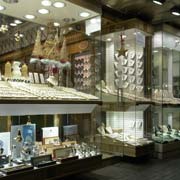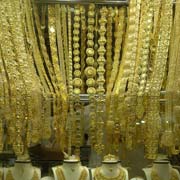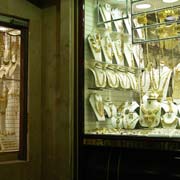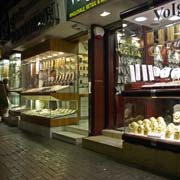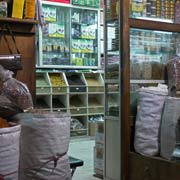Photos of Dubai, the most famous Emirate, United Arab Emirates
Dubai, the most famous Emirate
Dubai has become the most famous Emirate, ruled by the Al Maktoum dynasty since 1833. Its current ruler, Sheikh Mohammed bin Rashid Al Maktoum, is also the Prime Minister and Vice-President of the UAE. Dubai has attracted world attention through its many innovative large construction projects in the city, now a truly global city and business hub.
you may then send it as a postcard if you wish.
Dubai has the largest population and is the second-largest emirate by area, after Abu Dhabi. Although originally built on the oil industry, the emirate's main revenues are now from tourism, property and financial services.
Dubai city was originally built around Khor Dubai or Dubai Creek. There are two parts to the city: Deira to the north east and Bur Dubai to the south west which are accessible by a constant stream of small wooden ferry boats, called "abra". Both districts have "souqs" with shops dedicated to specific items; in Deira there is a Gold Souq with an abundance of gold jewellery and a very aromatic Spice Souq; on the other side, in Bur Dubai, the Textile Souq is worth visiting.
Deira has a very interesting harbour where traditional wooden "dhows", can be seen and which are still used in coastal trade. The most impressive view in Bur Dubai is Bastakia, or Bastakiya, an area of Dubai that dates from the 1890s, when its inhabitants earned money from pearl diving. Bastakia is named after the Iranian town of Bastak - many of the original traders in Bastakia were from Iran. Many of the old historic buildings have now been renovated (or rebuilt), some now used as art galleries and cafes. The area is one of the few historic ones in Dubai, a pleasant place to see on foot. Many of the buildings here are topped with "Barjeel", wind towers - a cooling tower that is an early form of air conditioning, quite effective in the summer heat.
Al Shindagha, just to the north of Bur Dubai and west across Dubai Creek from Deira, is where Sheikh Saeed Bin Makhtoum al-Makhtoum lived. He was Dubai's ruler from 1912 to 1958 and the grandfather of the present ruler; his residence is now open to the public as a museum. There is also a Heritage Village here with traditional "barasti" houses made from palm fronds and also a wooden boat display.
